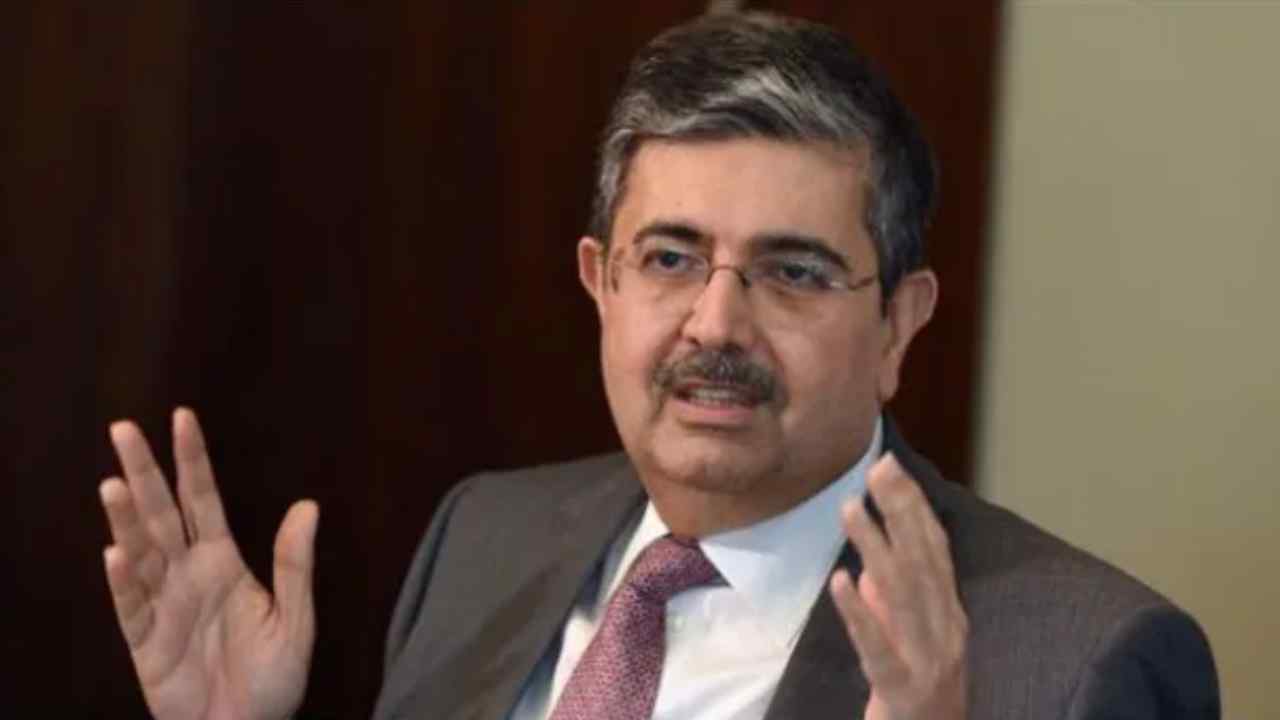EPFO Contribution Limit Increase: What to Expect?
The Employees’ Provident Fund Organization (EPFO) plays a crucial role in securing employees’ financial futures in India. Recently, the government has expressed interest in increasing the contribution limits for subscribers to the EPFO and the Employees’ Pension Scheme (EPS). Union Labor Minister Mansukh Mandaviya has hinted at these changes, which could allow employees to accumulate up to Rs 1 crore by the time they retire.
Current EPF Contribution Structure
As it stands, for employees earning ₹15,000 or less per month, both the employee and the employer contribute 12% of the employee’s salary toward the EPF. The employer’s contribution is further divided: 8.33% is allocated to the EPS and the remaining 3.67% goes into the EPF.
For instance, with a salary of ₹15,000, the breakdown is as follows:
| Type | Employee Contribution | Employer Contribution to EPF | Employer Contribution to EPS |
|---|---|---|---|
| Monthly Salary | ₹1,800 | ₹550.50 | ₹1,249.50 |
Upcoming Changes in Contribution Limits
The government is considering raising the salary cap for mandatory EPFO contributions to ₹21,000. If approved, the contributions could be structured as follows for an employee earning ₹21,000:
| Type | Employee Contribution | Employer Contribution to EPF | Employer Contribution to EPS |
|---|---|---|---|
| Monthly Salary | ₹2,520 | ₹770.70 | ₹1,749.30 |
Enhanced Financial Benefits for Employees
For a 23-year-old employee contributing towards their EPF for the next 35 years, a shift to a ₹21,000 salary limit could enable a retirement corpus of ₹1 crore. The difference is staggering when compared to the existing limits:
| Salary Limit | Total Contribution | Total Interest Earned | Total Corpus |
|---|---|---|---|
| ₹15,000 | ₹10.71 lakh | ₹60.84 lakh | ₹71.55 lakh |
| ₹21,000 | ₹15 lakh | ₹85 lakh | ₹1 crore |
This proposal could generate an additional ₹28.45 lakh for employees compared to the current cap, providing them with financial security in their retirement years.
Withdrawal Limit Changes
In addition to possible contribution limit increases, the EPFO has also raised the withdrawal limit to ₹1 lakh, up from the previous limit of ₹50,000. This change is particularly beneficial for employees facing urgent financial needs, allowing them greater access to their funds in case of emergencies.
Conclusion
The proposed changes to the EPFO contribution limits and withdrawal policies could significantly enhance the financial prospects for many employees. With the potential to save more for retirement and greater flexibility in accessing funds, these reforms are designed to support the long-term economic stability of the workforce.











